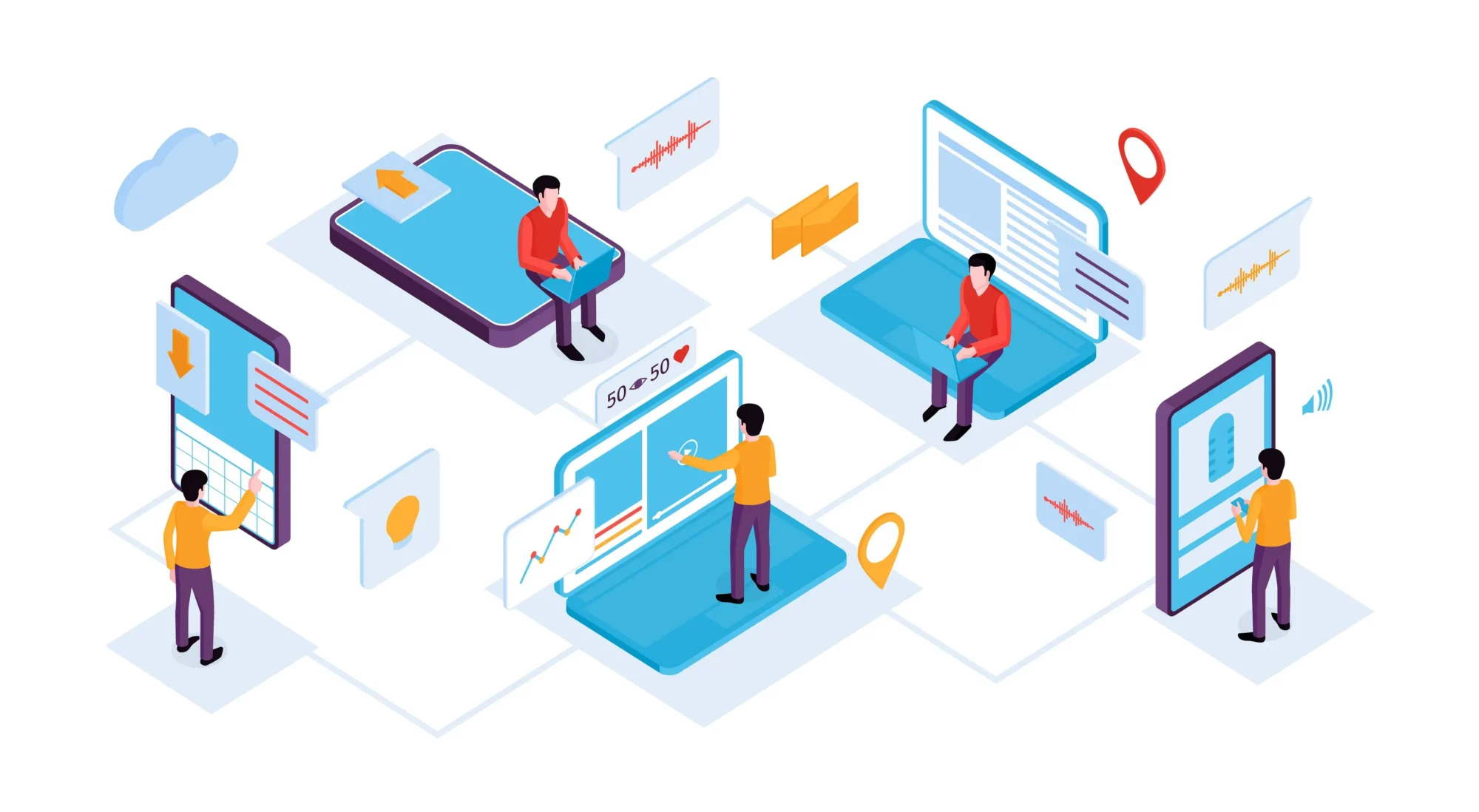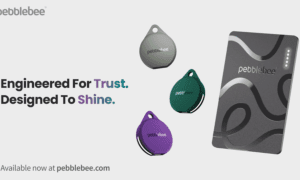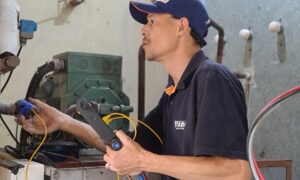Human Resources no longer equals recruitment and employee files. HR now needs to manage complex workflows such as hiring, onboarding, payroll, compliance, employee engagement, and performance management. All this needs to be done at speed, accuracy, and efficiency to deliver a seamless employee experience. High stakes and manual processing are no longer enough. Robotic Process Automation in HR delivers a pragmatic and scalable solution through end-to-end automation of key HR processes.
What is RPA in HR
Robotic Process Automation for HR is the application of software robots that are coded to mimic human behavior and carry out structured, rule-based activities between HR systems. The robots can interact with applications, process data, launch workflows, and communicate between digital platforms around the clock without fatigue or human error. With the introduction of RPA, HR departments can automate repetitive workloads, enhance consistency, and provide enhanced service across departments.
According to a 2023 Deloitte survey, 59 percent of the organizations have already implemented RPA for one or more HR processes, and 72 percent of them achieved significant process efficiency gains. According to Gartner, by 2025, 85 percent of large enterprises will leverage RPA to automate repetitive HR tasks, resulting in up to 40 percent faster processing of core HR processes.
Let us now see how this automation feature affects various HR activities using end-to-end process enhancements.
Areas Where RPA in HR Brings Value
The primary advantage of RPA is that it is able to process high volume and repetitive work that consumes significant HR time. Automating these, HR departments are more dedicated to strategic initiatives and employee interaction.
Resume Screening and Recruitment
The recruitment process generally involves sorting through hundreds or thousands of resumes. Manual sorting is time-consuming and can result in missed opportunities. RPA robots can scan significant information from resumes, cross-match them with job posts, and forward suitable candidates for HR approval. This not only streamlines the hiring process but also enhances the quality of candidate screening.
Employee Onboarding
Onboarding requires coordination across multiple departments. It includes activities such as setting up system credentialing, allocation of equipment for use, payroll registration, and distribution of training materials. RPA can automate the process by triggering these activities automatically at the moment the offer is accepted. This ensures consistent and positive onboarding to all new employees.
Payroll and Benefits Administration
Payroll has to be timely, accurate, and compliant. RPA robots can extract attendance records, apply tax regulations, compute earnings, and produce payslips. The same can be applied to benefits enrollment, insurance changes, and claim settlements to ensure that employee benefits are treated in the right way and in an efficient manner.
Employee Data Management
HR systems should reflect the most current employee information. Job title, department, contact, or bank information updates should be reflected in all systems. RPA robots can be set to execute automatically to search and sync these updates in real-time with accurate data on all platforms without requiring any human interaction.
Compliance and Audits
HR departments must follow strict compliance rules and maintain audit records. RPA enables documents to be automatically collected, stored in electronic form, and generated into compliance reports. The bots can also generate logs of every action in a process and make the process more transparent and audit-friendly, and less susceptible to errors or penalties.
Time and Attendance Tracking
Manual attendance systems are prone to having faulty reporting. RPA can double-check employee check-in and check-out times, track leave balances, and apply company policy when approving leave applications. Bots can then feed such information directly into payroll, reducing controversies and offering fair attendance recording.
And now that we have had a brief look at where RPA brings notable differences, let us turn our attention to how organizations can use RPA effectively in HR.
Implementation Guide for RPA in HR
It is a strategic initiative to implement RPA that needs conscious planning, coordination, and technical capability. The following steps are a structured process that can be carried out by HR leaders.
1. Identify effective HR Processes
Begin by reviewing your current HR processes. Determine what tasks are frequent, rule based, and repetitive. Examples include screening resumes, payroll entry, and updating employee records.
2. Choose the right RPA Platform
Select a platform that natively integrates with your existing HR systems. Platforms like UiPath, Automation Anywhere, and Blue Prism are popular and natively integrate with popular HR software like Workday, BambooHR, and SAP SuccessFactors.
3. Choose the Right Developers or Experts
Success with RPA is primarily dependent on proper setup and customization. Organizations primarily want to hire RPA developers who are HR specific flow experts. They help you customize the automation according to your specific needs and requirements and make sure it fits in well.
4. Map and document workflows
Prior to construction, diagram out each step of the process that you wish to automate. Identify the data inputs, systems, decision points, and outputs you wish to achieve. Clear documentation eliminates mistakes and reduces confusion during bot creation.
5. Test and Design in a Secure Environment
Deploy the bots to a testing environment with live data scenarios. Ensure that the bots execute as anticipated, handle exceptions, and complete tasks without introducing new flaws.
6. Train HR Personnel
Train your HR staff on how the bots operate, what they do, and how to monitor their performance. Emphasize that bots are designed to assist, not replace human effort, so that human effort can be expended on judgment and empathy-based tasks.
7. Monitor Performance and Enhance
Track important performance indicators such as process completion time, error rate, and user satisfaction. Utilize these metrics to make changes in the workflows and improve your RPA bot performance continuously.
8. Scale to Other HR functions
Following the success of your first deploy, roll out RPA to other HR processes like exit processing, internal HR service requests, or compliance updates. Phase-by-phase expansion helps support sustainable growth and return on investment.
RPA for HR assists companies in transitioning away from tedious, error-ridden manual processes to scalable and efficient digital processes. From recruitment and onboarding to compliance and payroll, automation brings speed, accuracy, and consistency to the HR process. Having a trusted RPA development company means your automation is not only technically sound but also aligned with your business goals. With HR continuing to change, embracing RPA means that teams can spend less time on paperwork and more time focused on people.





























